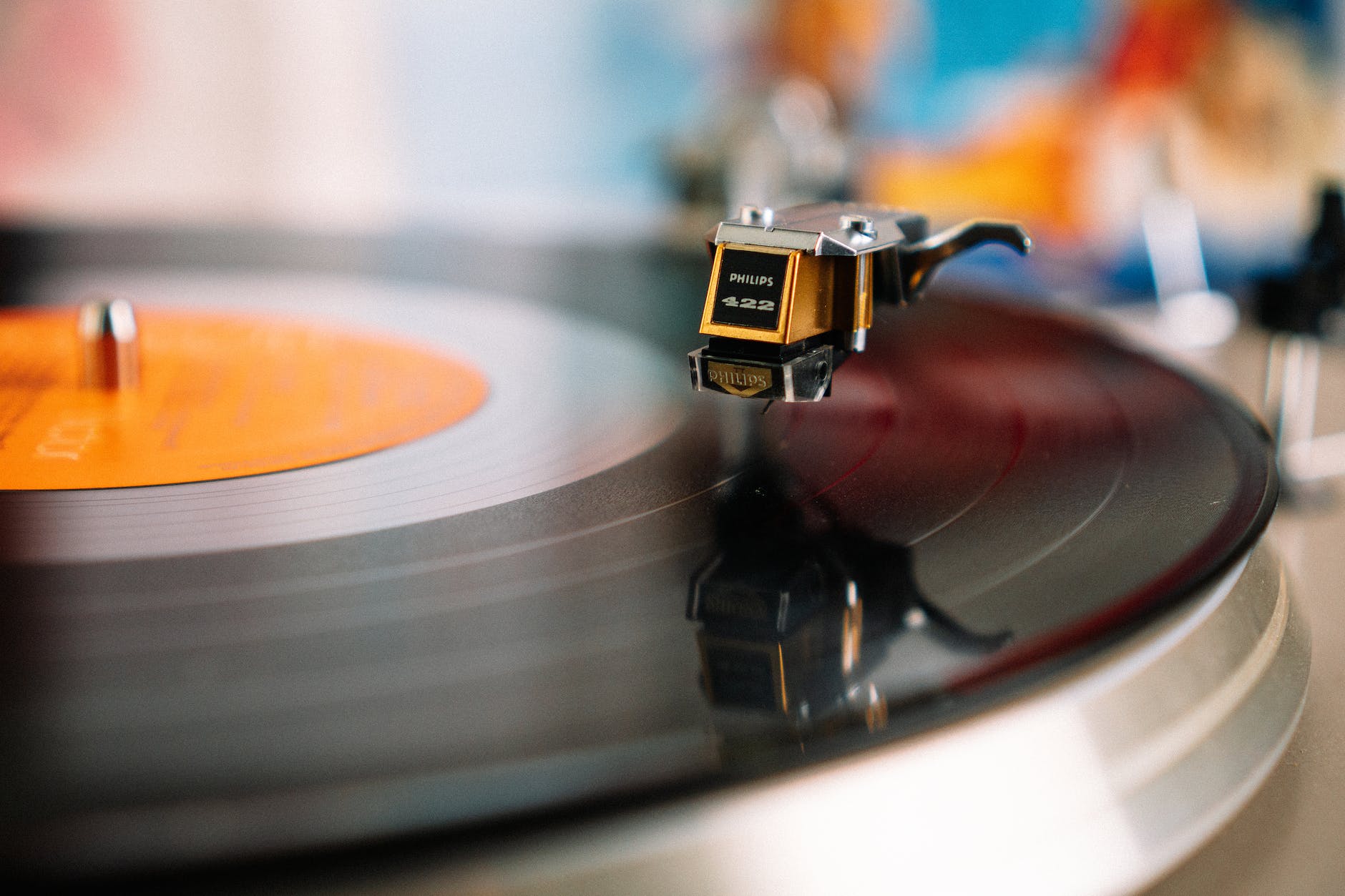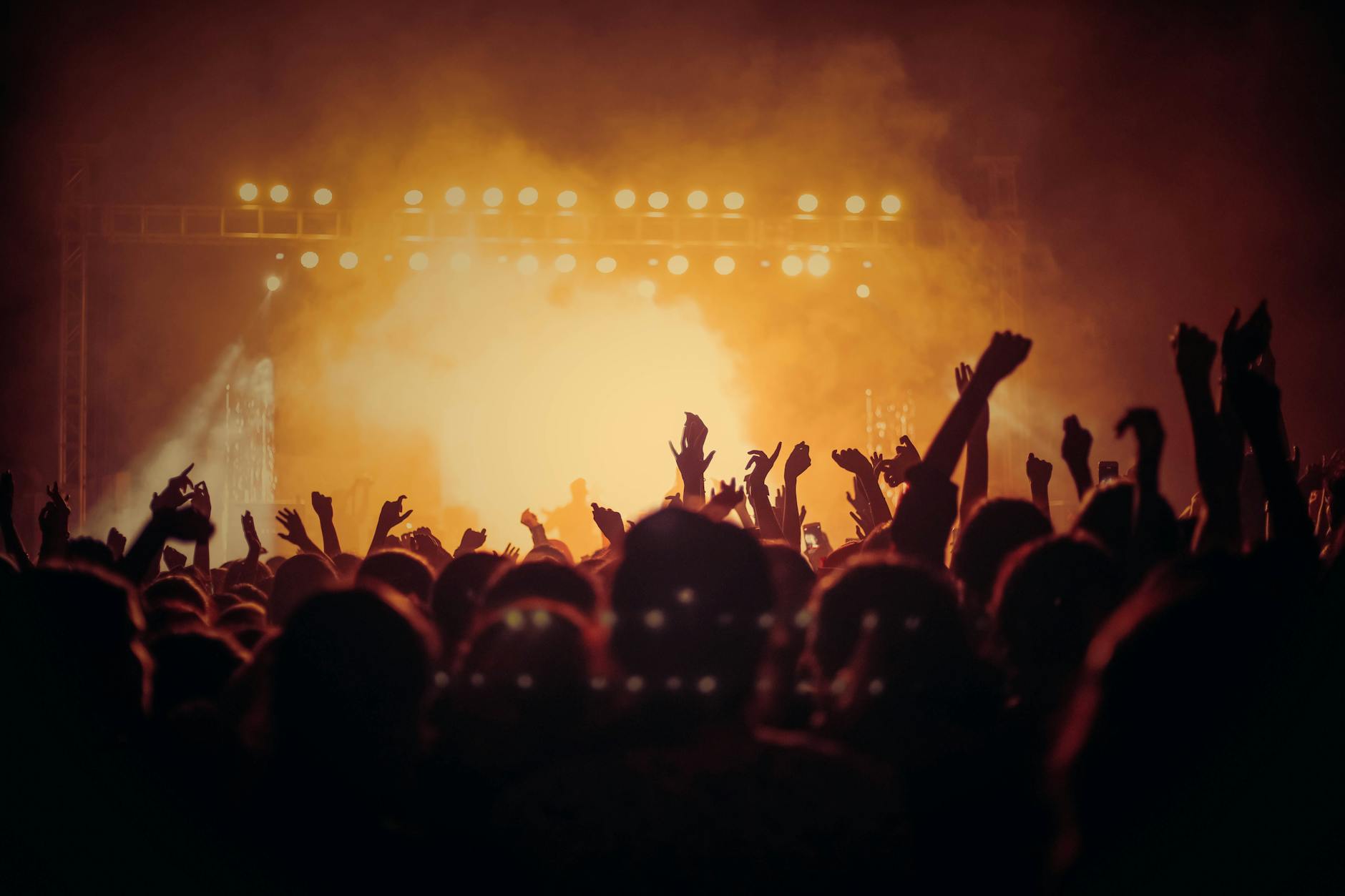—–
The psychedelic cultural movement of the 1960s and 70s undeniably shaped myriad spheres, especially in the realm of music and art. Psychedelic music, particularly psych rock and electronic music, redefined the sonic landscape while inspiring innovative dimensions in the visual arts, transforming the way music-inducing visuals were perceived. This remarkable influence, akin to a vivid synesthetic experience, went on to trigger a cross-pollination between art and music.
Psychedelic music’s immersive nature often ignited the visual representation of sound, leading to pioneering works in album cover art and concert visuals. Artists started to visually interpret the expansive, fluid soundscapes of the music, leading to a profusion of surrealistic and non-objective artworks that reflected the music’s transcendental ethos. Album covers like the Grateful Dead’s “Aoxomoxoa” and Pink Floyd’s “The Dark Side of the Moon” epitomize this visual and auditory intersection.
Album cover art became an essential component of the musical experience, its narrative mirroring the themes, tones, and textures of the music within. It personified the band’s identity and left a lasting impression on the listener’s mind, and by translating abstract sounds into concrete visuals, it facilitated a comprehension of the music’s essence, reaching those profound layers that words often fail to.
The psych rock and electronic music scene ushered in an era of innovation in concert visuals. A wave of mesmerizing light shows and on-stage projections were designed to visualize the music, taking the audio-visual experiences to new heights for the audience. Smart uses of the projector, liquid light shows, and strobe lights, combined with an underlying focus on improvisation – a hallmark of psychedelic music – radically transformed live performances. They became multi-sensory spectacles, harmonizing sight and sound into hypnotic symphonies that mirrored the music’s boundary-defying nature.
In a unique way, the visual creative process mirrored the improvisational character of psychedelic music. Just as the musicians composed and performed in spontaneous, free-flowing structures, the visual artists too sought to depict the music’s fluidity through abstract, unstructured artwork. They experimented with color, form, and texture, aiming to visually articulate the complex, intricate layers of the music.
Psychedelia also inspired a wave of synesthetic art — a visual representation of sound that used forms, patterns, and colors to denote different tones and rhythms. The music induced the visuals, creating a direct correspondence between the auditory and visual perception of the music. This went on to influence numerous avant-garde movements, including the Op Art and Kinetic Art, both dealing with perceptions of movement, depth, and changing perspectives.
The cross-pollination between psychedelic music and art birthed a groundbreaking cultural discourse that significantly defined the 60s and 70s era. This multidisciplinary conversation encapsulates the essence of psychedelia – the desire to transcend traditional boundaries and explore new realms of perception and expression. It demonstrated that music and art transgress the restrictions of their respective mediums, interweaving to create a holistic spectacle that resonates with the mind, body, and soul.
In conclusion, the influence of psychedelic music on art was profound, transformative, and continues to reverberate in contemporary multimedia projects, as well as in a plethora of experimental sub-genres in music and artistic styles today. From the album cover art through the concert visuals to the synesthetic pieces, these works are a testament to the enduring legacy of the psychedelic era, espousing the enduring beauty of audio-visual experiences that unlock untapped layers of human perception.
Sources:
1. Rock album covers: A visual representation of sound
2. The art of stage: Concert designs
3. From hearing colors to tasting sounds: A report on synesthesia
4. The Brain-Music Connection







